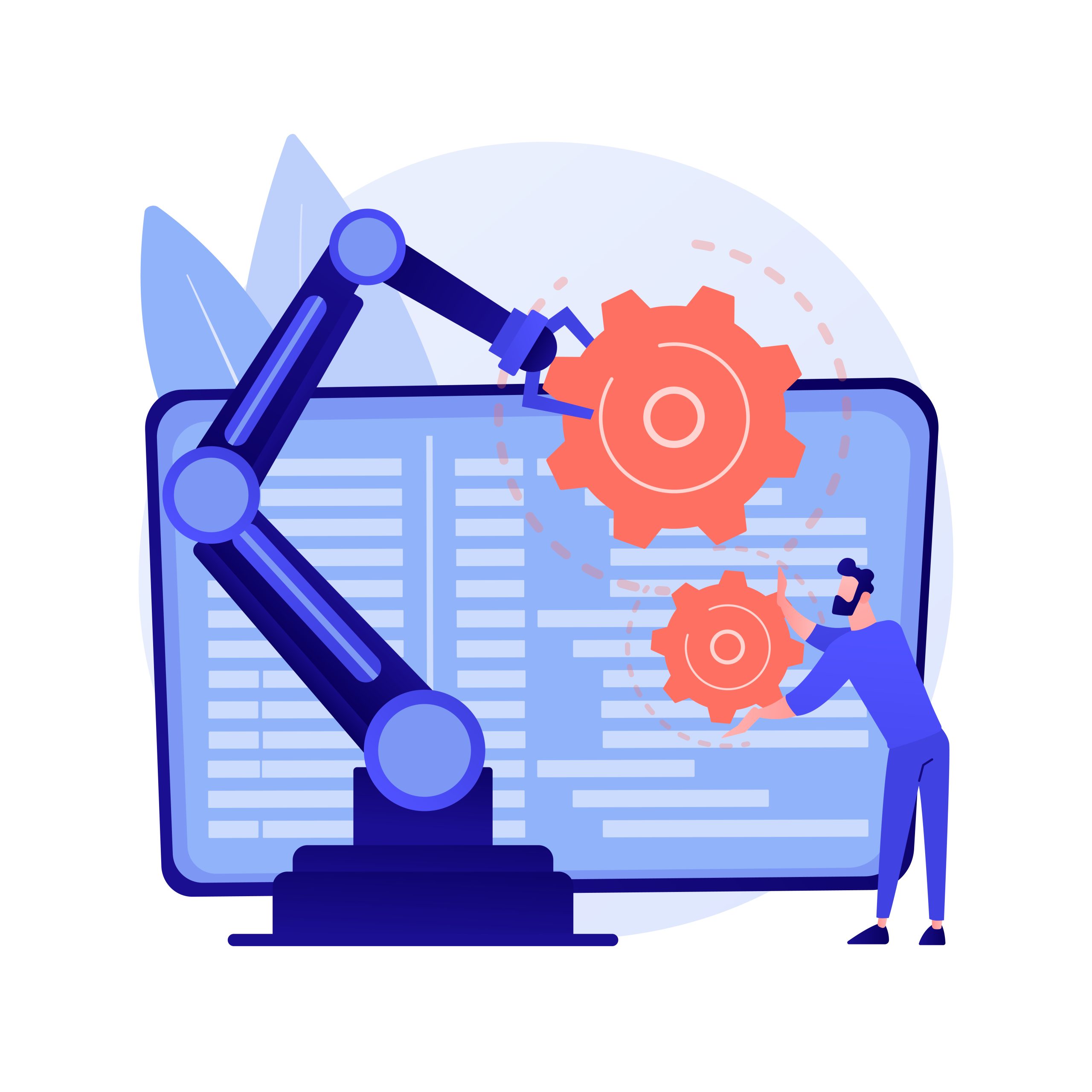The replication of human intellectual processes by machines, particularly computer systems, is known as artificial intelligence. Expert systems, natural language processing, speech recognition, and machine vision are examples of Artificial Intelligence applications.
Vendors have been trying to showcase how their goods and services integrate Artificial Intelligence as the hype around AI has grown. What they call AI is frequently just one component of Artificial Intelligence, such as machine learning. For designing and training machine learning algorithms, AI requires a foundation of specialized hardware and software. Although no one programming language is synonymous with AI, a handful stands out, including Python, R, and Java. Artificial intelligence (AI) systems function by consuming massive volumes of labeled training data, evaluating the data for correlations and patterns, and then utilizing these patterns to forecast future states.

What are the pros and cons of artificial intelligence?
Artificial neural networks and deep learning artificial intelligence are rapidly evolving, owing to AI's ability to analyze enormous volumes of data far quicker and generate more accurate predictions than humans can. While the massive amount of data generated every day would bury a human researcher, AI solutions that employ machine learning can swiftly transform that data into meaningful knowledge.
Advantages:-
- Good at detail-oriented work
- Saves time on data-intensive chores
- Consistently produces results
- AI-powered virtual agents are constantly accessible
Disadvantages:-
- Expensive; requires extensive technological knowledge
- A scarcity of competent employees to construct AI tools
- It only knows what has been shown
- It cannot generalize from one job to the next

What are the four different forms of AI?
AI is divided into four categories, starting with today's task-specific intelligent systems and proceeding to sentient systems that do not yet exist. The following are the categories:
- Machines that react- These AI systems have no memory and are only used for a single job. Deep Blue, the IBM chess software that defeated Garry Kasparov in the 1990s, is an example. Deep Blue can recognize pieces on the chessboard and make predictions, but it can't utilize past experiences to influence future ones since it has no memory.
2. Memory is a problem- Because these AI systems have memories; they may draw on prior experiences to help them make better judgments in the future.
3. The mindset theory-The phrase "theory of mind" comes from the field of psychology. When it comes to AI, it means that the system will be able to recognize emotions because of its social intelligence. This sort of AI will be able to predict human behavior and infer human intents, which is an essential talent for AI systems to become valuable members of human teams.
4. Self-awareness-AI systems that fall under this category have a feeling of self, which gives them awareness. Self-aware machines are aware of their current condition. This form of artificial intelligence does not yet exist.

Conclusion
Artificial intelligence and data analytics are on the verge of changing numerous industries across the world. Significant deployments have already changed decision-making, business models, risk mitigation, and system performance in banking, national security, health care, criminal justice, transportation, and smart cities. These changes are bringing significant economic and social advantages.





